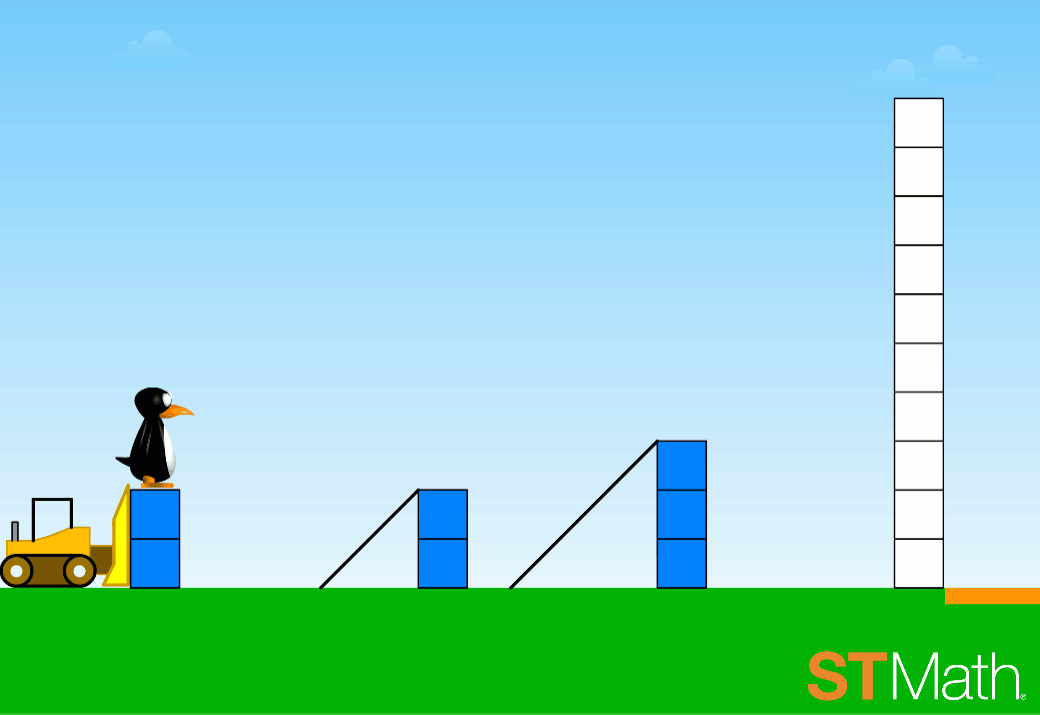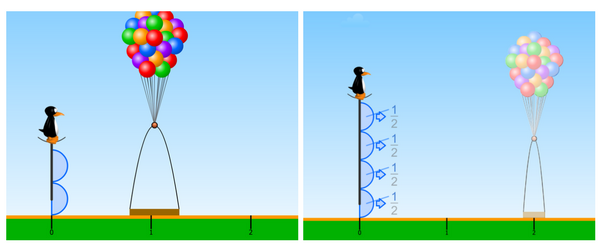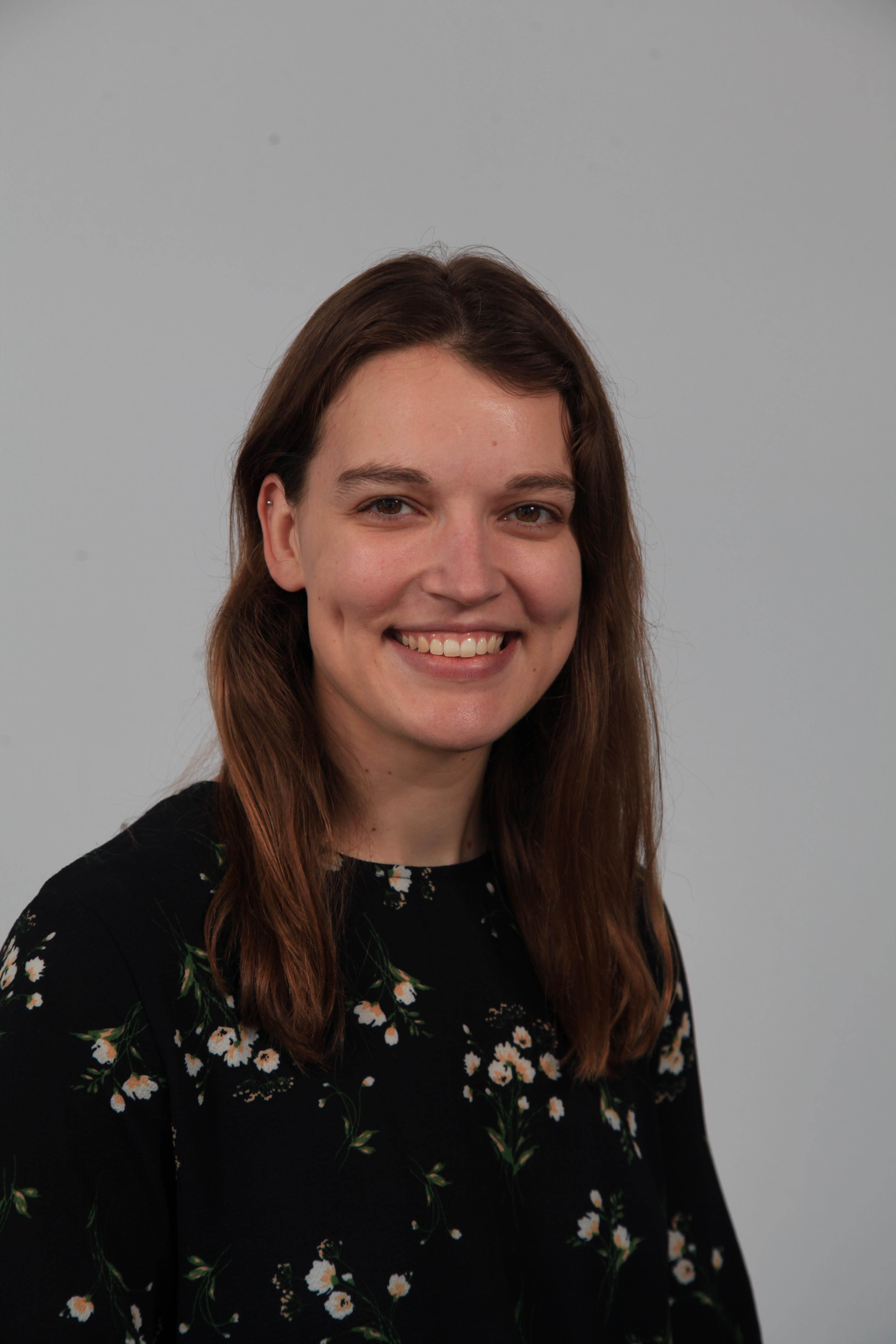
Neuroscience offers great insight into how people build an understanding of the world around them, from infancy all the way through adulthood. At MIND, the neuroscientists behind ST Math call this process the Learning Path, which follows three key steps:
Infants, preschoolers and students of all ages learn through hands-on interaction with their environment. By observing the results of their actions, students learn to rapidly re-adjust their thinking as they make sense of the world around them, in a process called the perception-action cycle.
Think about learning to drive a car. No amount of reading or hearing about the process can measure up to the experience of sitting behind the wheel. Why should it be any different with math? Active learning leads to deep, conceptual understanding that supports high-level problem solving.
Check out the example below:

ST Math allows students to take action on a set environment. Students observe the results, adjust their response based on the feedback, and build a solid foundation of conceptual understanding in the process.
Once they have mastered a concept, students grow their understanding by making connections between related ideas and prior knowledge, bridging the gap between the conceptual and abstract.
In ST Math, strategically scaffolded levels help students draw connections between previously mastered content and their current objectives. For example, once students master puzzles with circular fraction models, the next level introduces a symbolic representation of the same problem with the kind of notation students will see on assessments.

This is also where teachers play the most crucial part— it’s up to them to help students draw connections between related concepts and frame them in a meaningful way.
Practice is a long held standard of mathematics learning, but meaningful practice makes all the difference. It’s not enough to practice the same kind of problem in the same way and same setting which leads to repeatable results in a very limited scope.
That’s why practice and apply go hand-in-hand on the Learning Path. Rigorous learning requires practicing math in a variety of ways that require creative problem solving, because learning to apply concepts to brand new situations is the key to true understanding.
ST Math offers more than 4,000 puzzles in each grade level, so students not only practice, but achieve deep, conceptual mastery of their objectives. A strong conceptual base helps them come up with creative solutions when they’re faced with challenging real-world problems in school and beyond.
Download the Learning Path Poster (PDF)

Ieva Galinyte is an associate product manager at MIND Research Institute. She enjoys writing about and keeping up with the latest trends in math education.
Comment